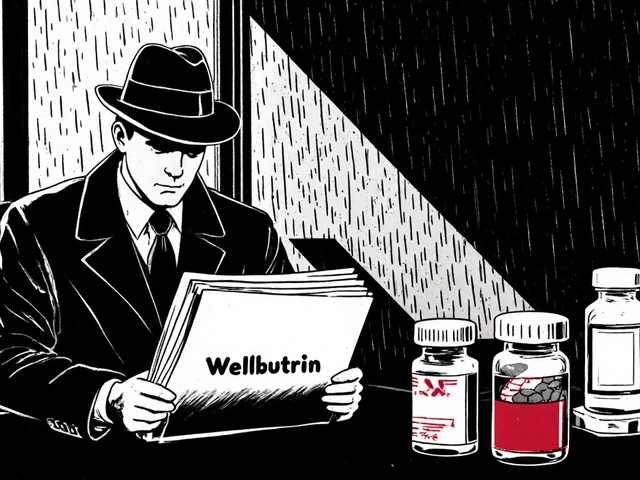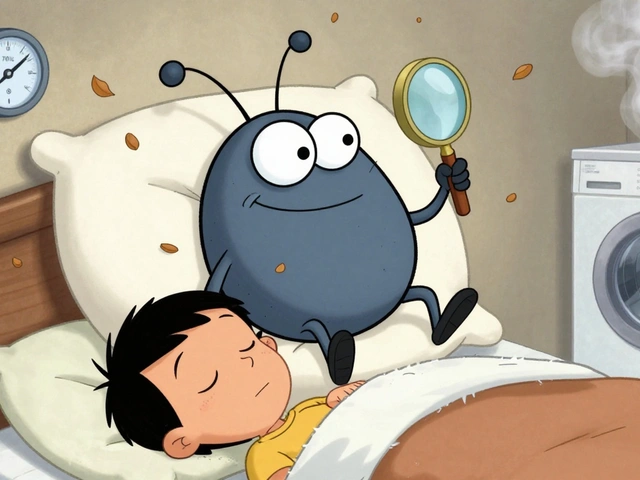Hair regrowth solutions that actually help
Hair loss feels personal and frustrating, but you do have options. This page focuses on treatments that show real results and easy steps you can start right away. I’ll keep it practical: what works, how long it takes, and what to watch for.
Medical treatments that work
Topical minoxidil (2% or 5%) is the most common first step. Apply as directed twice daily for at least 3–6 months. Many people see slowing of hair loss by month three and thicker hair by month six. Side effects are rare but can include scalp irritation.
Oral finasteride (1 mg daily) cuts the hormone that shrinks hair follicles. It’s effective for many men but can take 6–12 months to show clear improvement. Women who are or may become pregnant should avoid finasteride. Talk to your doctor about sexual side effects and whether this medicine fits your goals.
Platelet-rich plasma (PRP) uses your own blood to stimulate growth. It’s an in-office procedure done every 4–12 weeks initially, then maintenance sessions. PRP helps some people, especially when combined with topical treatments.
Low-level laser therapy (LLLT) comes as caps or combs and can boost hair density for some users when used consistently. Results are gradual and work best when started early.
Hair transplant surgery (FUE or FUT) replaces lost follicles and gives permanent results if done by an experienced surgeon. It’s more expensive and needs recovery time, but it’s the most reliable way to restore visible hair in stable hair loss.
Practical lifestyle and at-home steps
Check basic labs before assuming a long-term plan: thyroid function, ferritin (iron stores), vitamin D, and sometimes sex hormones. Fixing deficiencies can stop hair loss or help treatments work better.
Be gentle with your hair. Avoid tight hairstyles, reduce heat styling, and use mild shampoos. Try microneedling at home or in clinic to improve topical absorption — many people combine it with minoxidil.
Nutrition matters. Eat enough protein, iron-rich foods, and get vitamin D if you’re low. Smoking and high stress can worsen shedding, so aim to cut back where possible.
Set realistic timelines. Most medical options need 3–12 months to show benefit. Combine approaches carefully — talk to your clinician about mixing treatments safely.
See your doctor if hair loss is sudden, patchy, or associated with scalp pain, redness, or pus. Those signs need prompt evaluation. If you don’t see improvement after 6–12 months on treatment, ask about other causes and whether a clinic-based option like PRP or transplant makes sense.
Start with a clear plan: get basic labs, try a proven topical or oral treatment, and protect your existing hair. Small, consistent steps often deliver the best results over time.




